Gynecomastia Surgery
What Is Gynecomastia?
Gynecomastia is a medical term used to describe enlarged breasts in male patients. This condition is actually quite common, affecting up to 40 to 60 percent of adolescent males during their pubertal development and may affect either one or both breasts. However, most cases of adolescent gynecomastia resolve spontaneously with the transition to adulthood. For those males with persistent post-pubertal gynecomastia, surgical removal of excess breast tissue is appropriate.
Male Breast Reduction Before & After Photos
Who is a good candidate for gynecomastia surgery?
The question of whether surgery can resolve your enlarged breasts involves ruling some things out. If a man’s enlarged breasts are due to weight gain, the first step is to lose the weight and see if the condition persists. Heavy drinkers and marijuana users also aren’t candidates for surgery, as their breast enlargement comes from their lifestyle choices.
Dr. Kimmel can diagnose when gynecomastia is to blame. During your consultation, he’ll feel for a firm, rubbery mass underneath the nipple area. The size of this mass is usually less than two inches in diameter. It will often be sensitive to applied pressure. Before opting for surgery, Dr. Kimmel will likely begin treatment by prescribing medication that reduces the amount of estrogen the patient’s body is producing. One important criterion is that you still need to have good elasticity in your chest skin, so that the skin is able to tighten down after this surgery.
“Dr. Kimmel is so kind, caring and, patient! Janelle is the best in the business for skin care! Fantastic staff! I drive an hour to see them, that’s how great they are!”– A.M.
Why Choose Dr. Kimmel For Your Male Breast Reduction Surgery
When considering gynecomastia excision or indeed any cosmetic procedure, be sure to select a qualified, experienced plastic surgeon, certified by the American Board of Plastic Surgery (ABPS). As a board certified plastic surgeon with over 15 years of clinical practice experience and member of the American Society of Plastic Surgeons (ASPS) and American Society of Aesthetic Plastic Surgery (ASAPS– The Mark of Distinction in Cosmetic Plastic Surgery®), Dr. Robert Kimmel welcomes the opportunity to help you achieve your goals by enhancing your appearance, allowing you to enjoy a healthier, more confident lifestyle.
How is Male Breast Reduction Surgery Performed?
Performed under general anesthesia as an outpatient procedure at a State Licensed, Nationally Accredited Ambulatory Surgery Center (see ‘about Keystone Surgery Center’), gynecomastia excision involves the removal of excess glandular and fatty tissue from the breasts in order to reestablish an optimal male chest wall contour.
This procedure is usually performed through small, approximately 1 inch, incisions located at the border of the areolae (pigmented tissue surrounding the nipples) and is frequently combined with liposuction to enhance the transition between the breasts and surrounding chest wall contour. In cases of more advanced Gynecomastia with ptotic or ‘drooping’ breasts, removal of excess skin may be required.
Surgery lasts between 1-2 hours and patients may be discharged to home after a brief recovery period. Most men may then return to work in 5 to 7 days, while using a snugly-fitting compression vest concealed beneath their clothing for several weeks.
What results can I achieve with gynecomastia surgery?
While losing weight can help reduce the appearance of male breasts for some men, if you have glandular tissue in addition to fat buildup, you’ll have enlarged breasts. This surgery with Dr. Kimmel is the only consistently effective way to reduce your enlarged breasts and re-contour your chest.
If you have enlarged breasts, it’s likely you’ve avoided certain situations where you’d have to take off your shirt. That weekend waterskiing invitation. A trip to the pool. This surgery will change that, and you’ll be completely comfortable taking off your shirt in public. This can do wonders for your self-confidence.
“Several adjectives to describe this man… Phenomenal. Artistic. Skillful. Masterful. Jack-of-all-Trades. I could not be happier.” – J.T.
What is recovery like after male breast reduction surgery?
Recovery after this surgery with Dr. Kimmel is not difficult. You will have some swelling and discomfort that may last up to two weeks, but it will begin to resolve relatively quickly. Most patients don’t require the prescription pain medication, opting for over-the-counter options instead. You will need to wear a compression shirt or vest to reduce swelling and to help your chest conform to its new contour. Most of your recovery is complete in just 7-10 days.
How soon after breast reduction surgery can I get back to normal activities?
It is unfortunate that more men who suffer from enlarged breasts don’t have surgery to correct the problem, as the procedure and recovery are not difficult. After the first week or two at most, patients can return to light exercise, such as walking. Strenuous exercise needs to wait for a month or so. But you’ll quickly be able to return to work and regular activities. Any exercise, such as weight training that targets the chest, will likely need to be avoided for up to six weeks.
How long will the results of my male breast reduction surgery last?
Patients wonder if this surgery will need repeating later on. True gynecomastia, versus enlarged breasts due to weight gain or other lifestyle factors, is caused mainly by excess glandular tissue. This causes the protrusion of the nipple-areola complex. In male breast reduction surgery, Dr. Kimmel removes the majority of the mammary gland, leaving enough to support the nipple-areola. With this tissue gone, the chances of recurrence are very low.
However, if the gynecomastia was due to the use of steroids, marijuana, or other medications, it is possible for a patient’s breasts to become enlarged again if usage continues. Also, a sizeable increase in weight can allow fat to accumulate in the breasts, although this isn’t true gynecomastia.
If you want to maintain your new chest contours, keeping to a healthy weight, and moderating your alcohol or marijuana use will be necessary. Steroid use would fully need to cease, as enlarged breasts are a direct side effect.
Is male breast reduction surgery safe?
These are very safe, low-risk procedures with Dr. Kimmel. His board certification and extensive experience ensure you’ll have a smooth, satisfying experience. Of course, this is surgery, albeit relatively minor, so there are the usual possible side effects: excessive bleeding, poor incision healing, infection, reaction to anesthesia, and the like. These are all quite rare.
Specific to male breast reduction, the complications are contour irregularities, loss of nipple sensation, inverted nipples, and loose breast skin.
Schedule Your Gynecomastia Consultation Today!
Interested in learning more about gynecomastia surgery? Call 570.622.2900 for Pottsville, PA and 570.455.4252 for Hazleton, PA. You may also click here to submit a contact form to our practice.





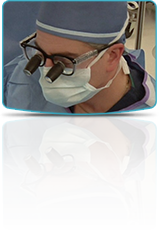
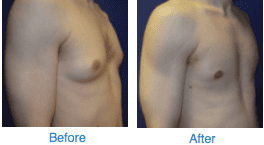
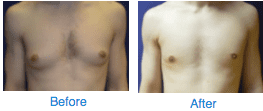
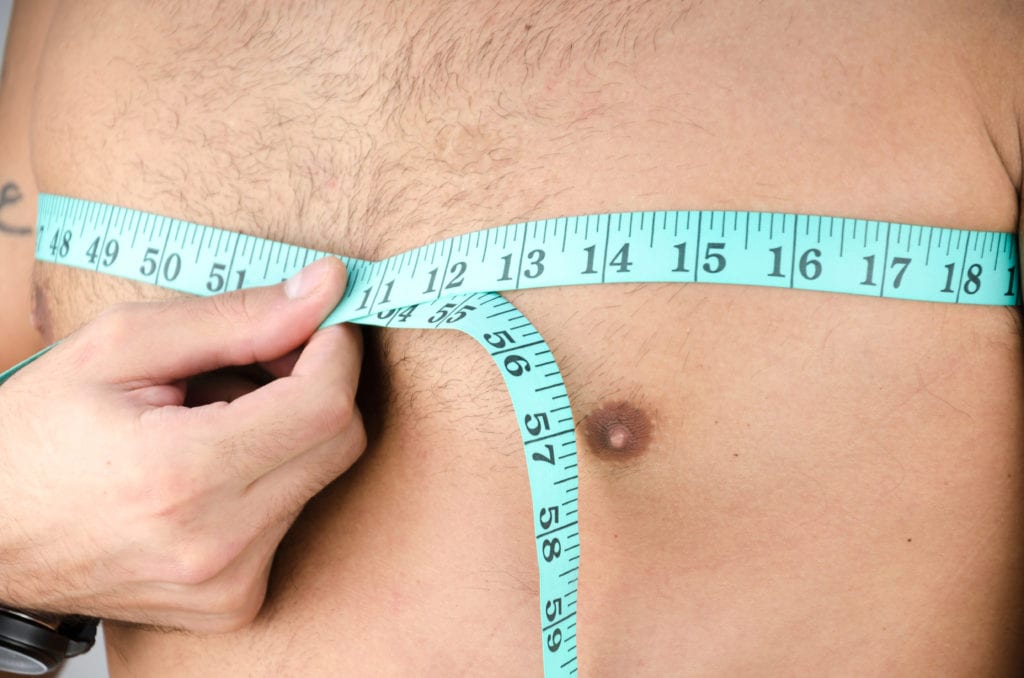



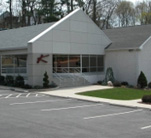 THE OFFICE
THE OFFICE